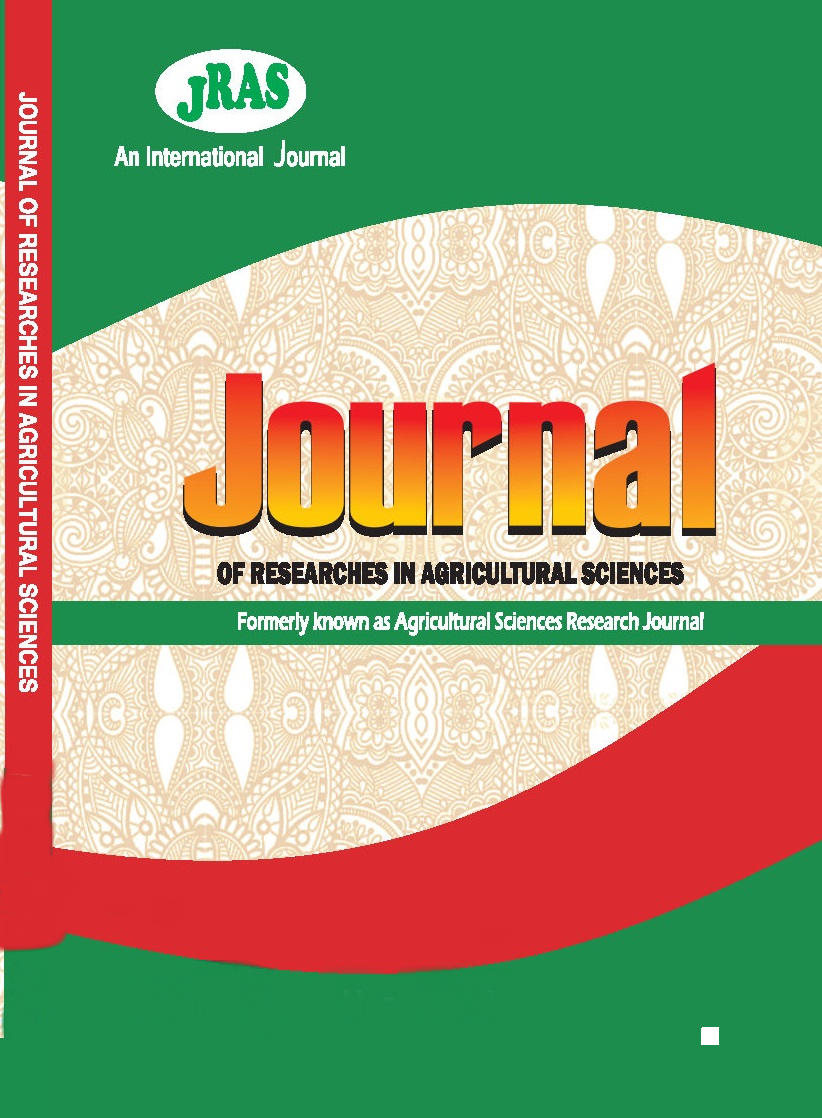Indices of human disturbances on Protected Areas: a case study of Idanre Forest and Omo Biosphere reserves, Southwest Nigeria.
Keywords:
Protected area, transect, encounter-rate, poaching, cartridgesAbstract
Government Protected Areas (GPAs) are a legal sanctuary for wildlife, but competition between wildlife and
man for the resources within these forests have been of great concern to conservationists worldwide. This
study was undertaken to find out the extent of human disturbances in the Idanre Forest reserve (IFR) and Omo
Biosphere reserve (OBR) using the line transect method. A total of eighteen (18) transects comprising of 9
transects each and totaling 103.4 km was traversed in both Idanre Forest Reserve (52.8 km) and Omo
Biosphere Reserve (50.6 km) between January 2014 and November 2015. Data were collected on human
activity-encounters in five major categories: Poaching/hunting; Logging; Farming; Collection of Non-Timber
Forest Products and Human settlements and analyzed into frequency counts and percentages. The result of
encounter-rate observations shows that Farming was predominant in IFR with standing crop, harvested land,
farmers seen, bush burning and land clearing at 20.75, 18.32, 14.02, 12.02 and 10.84 observations per
kilometer respectively. However, poaching/hunting was predominant in the Omo Biosphere reserve with the
animal kill, hunters seen/gunshot heard, spent cartridges, traps/snares, and ash deposits/spent batteries seen
at 1.11, 0.66,0.23, 0.14 and 0.07 observations per kilometer respectively. These human activities which
account for habitat loss and degradation were more prevalent in IFR than in OBR. Therefore, it is necessary
to step up conservation and protection measures in the reserves to reduce the impact of human activities
which is detrimental to the well-being of wildlife resources of the reserves.

